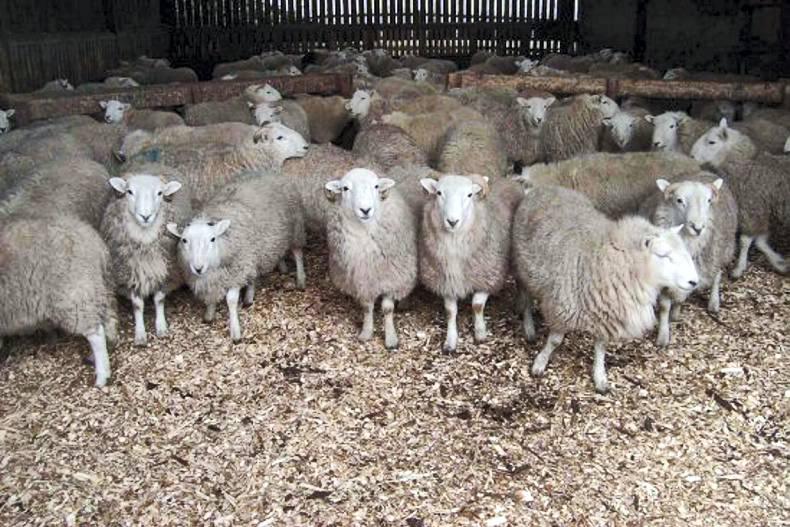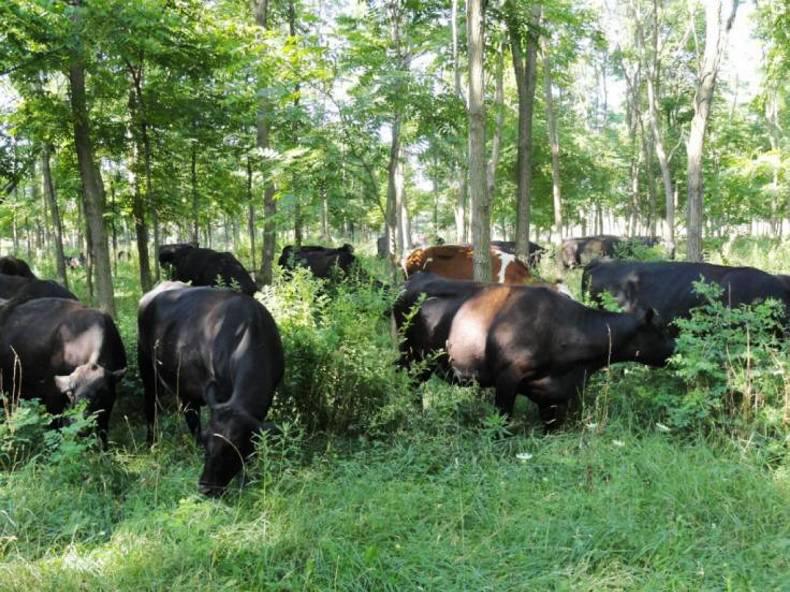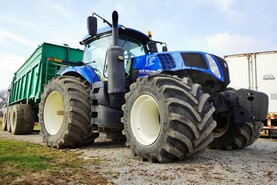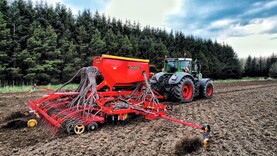National Tree Planting Week
As years go by, I am learning that everything is connected to everything, and everything else is connected to everything else. However, our view can get blocked and we just can't see the wood for the trees. This week is National Tree Planting Week, which is great, but how many farmers will plant a tree or two around the farm this week or this spring?
Some day this week, I expect to make my annual trip up the road to Carlow or Wicklow to the tree nursery. I plan to return with a hundred mixed deciduous trees that I will plant around the place over the next few weeks. These will cost me less than €100 and the planting will take me 3 or 4 evenings but I believe the benefits will be very well worth it.
Sub-soiling
One of the major soil deficiencies on our farms hardly ever mentioned is air. Grazing and field work squeeze the air out of the macro-pores making our soils anaerobic, less free-draining, less lively and increasing compaction. Yes, there are machines that we can get that claim to aerate the soil and these may be useful. Sub soiling can be good too, but you have to wait to get the soil conditions right, which may not come every year.
Another big problem with sub-soiling grassland is the broken uneven surface that it leaves behind for years afterwards.
At this point you may be wondering how I got from planting trees to sub-soiling but, like I said at the start, it is all connected. Most of us can list the benefits of the above ground parts of trees - shelter and shade for people and animals, oxygen enrichment and CO2 absorption, wood, biodiversity for nature and amenity for human and animal well-being.
But we think less often about what the underground parts of our trees are doing for our soil.
Research in Pontbren, Wales
I recently came across the work of a group of upland farmers based around Pontbren in Wales. Their work and research has opened my eyes to the below ground benefits of having plenty of trees or bushes around the farm.
We know that tree roots extend at least as far out from the base as the height of the plant. The roots have the same effect under the ground as an annual sub-soiling but without the disruption and upheaval. When we see sheep or cattle lying under a tree, it isn't just shade or shelter that brings them there, but also the opportunity for a dry lie. Experiments at Pontbren show that the rate of water infiltration where there are tree roots is 67 times greater than in parts of the field where there are none. In other words, it’s improved drainage. The farmers at Pontbren have also noted a marked decrease in footrot after planting deciduous trees and shrubs in and around their fields.
There is another benefit to this. The group have bought a wood-chipper and are now replacing expensive imported straw with farm produced wood chips for cattle and sheep bedding. They have found that once-a-week bedding for sheep or twice a week for cattle gives clean contented animals. They have found that afterwards the wood chip bedding composts at high temperatures, making material that is an excellent soil conditioner or can be re-used as bedding again for a number of years saving the cost imported straw.
I feel there is not a farm in Ireland that wouldn't benefit from the planting of a few deciduous trees or shrubs every year. My personal regret is that it took me so long to start planting trees around my farm. They say that a country grows strong when old men plant trees they will never sit under. But how much stronger would it be if young men planted trees as well?






 This is a subscriber-only article
This is a subscriber-only article












SHARING OPTIONS: